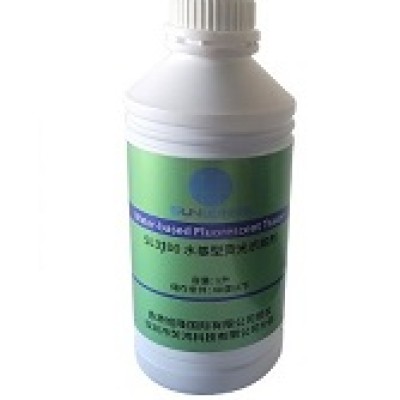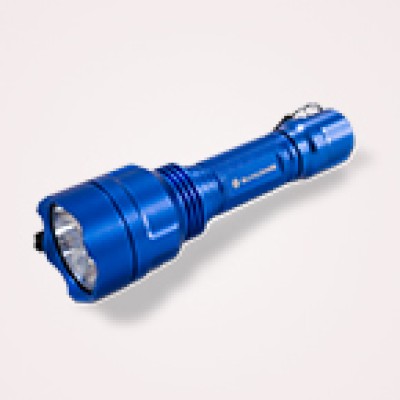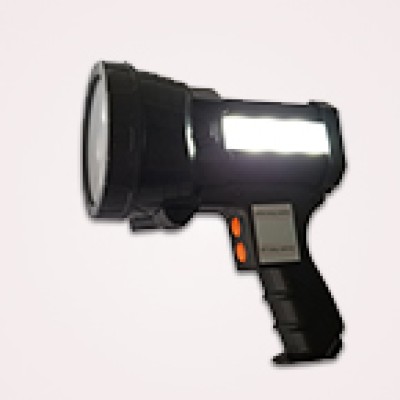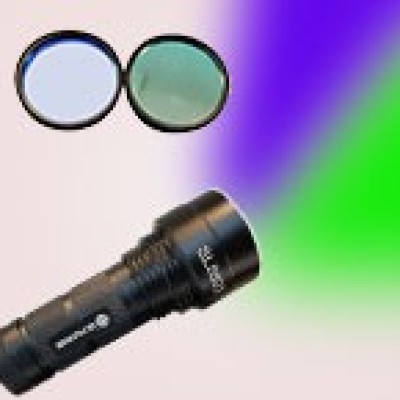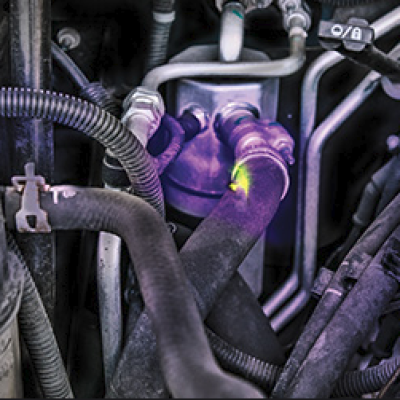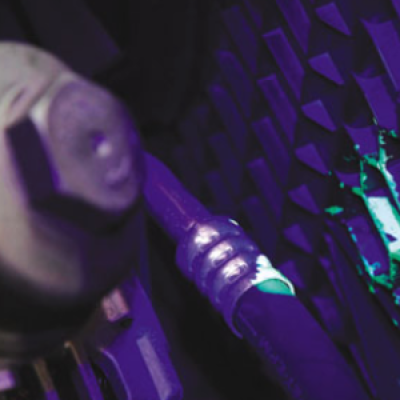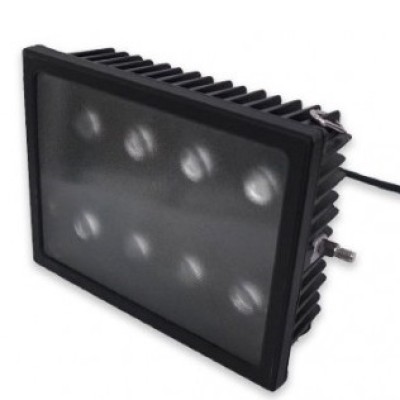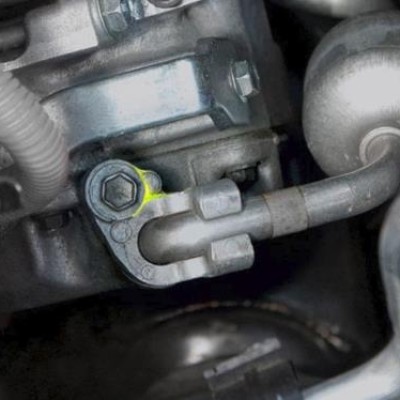In order for the fluorescent leak detection to work optimally, high quality testing agents with outstanding fluorescent properties are required on one hand, and the cutting-edge UV NDT technology is the other hand. This is the only way to carry out fluorescent leak detection efficiently and reliably and to accurately detect leaks.
In this article, we will comply all relevant information on fluorescent leak detection for industrial applications with the NDT technology.
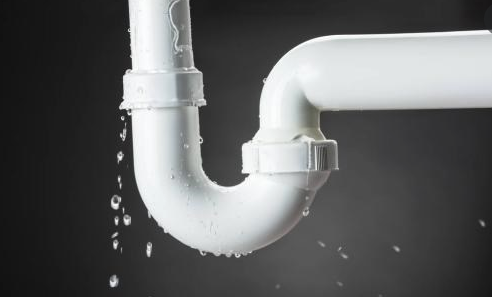
Fluorescent leak detection is a simple method often used in the field of NDT to safely and cheaply detect leaks in engines, automotive, A/C systems and much more to find and detect. UV leak detection with fluorescent dye is suitable in any liquid circuit of machines and systems.
On one hand, existing cracks, leaks and exit points can be quickly identified with fluorescent leak detection, on the other hand, many companies also use UV leak detection to prevent machine failures, expensive repairs and damage. Oil and hydraulic leaks in particular are a major cost factor in one quality with the relatively simple and inexpensive fluorescent leak detection, so that significant cost savings are possible.
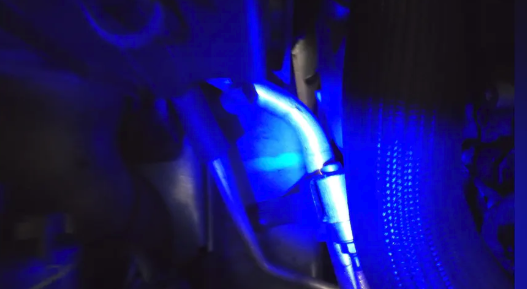
Fluorescent leak detection works with dyes and pigments with fluorescence excitation, so that even the smallest cracks and leaks can be detected under UV lighting. The interaction of UV fluorescent dye, the appropriate UV lamps as well as the coordination between these aspects and the specific application determine how well, cheaply and safely the leak detection is possible.
How does fluorescent leak detection work?
The actual process of UV leak detection is quite simple:
1. Enter the fluorescent dye into the system (motor, plant)
2. Wait according to the specifications of your leak specialist until the test equipment, fluorescent dyes are properly distributed in the liquid circuit. The circulation times depend on the size of the liquid circuit, the leak detection dye used and much more.
3. Find leaks during leak detection. Check your system with a UV LED lamp for leaks. Cracks and other exit points
 CN
CN

